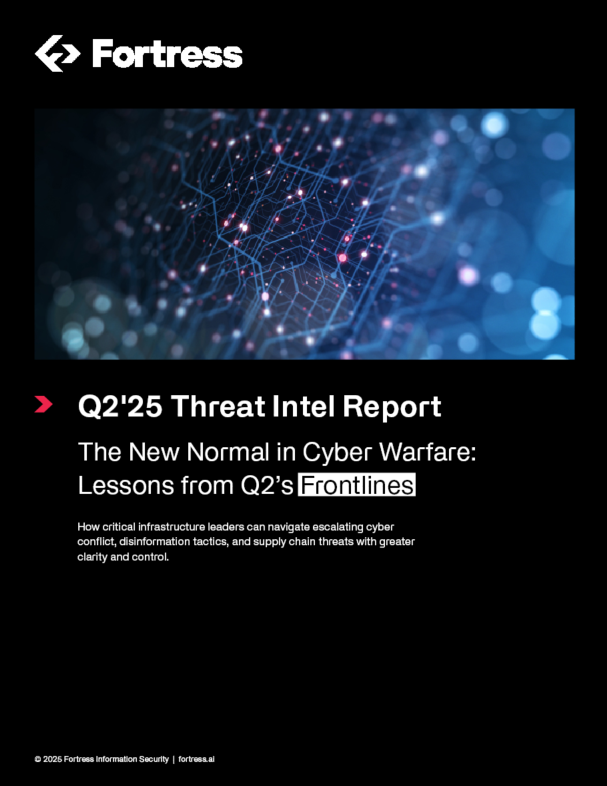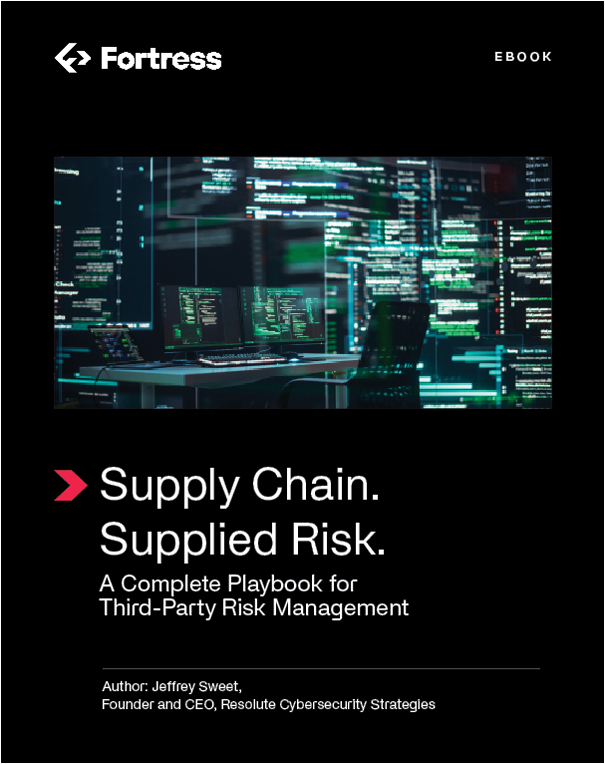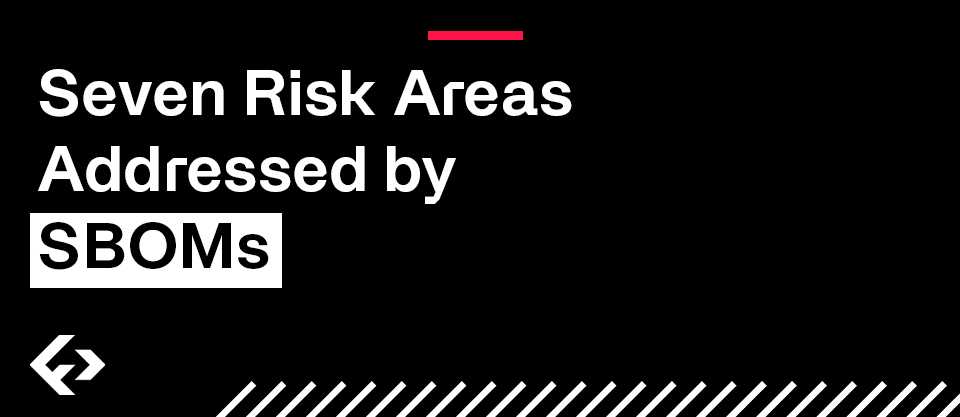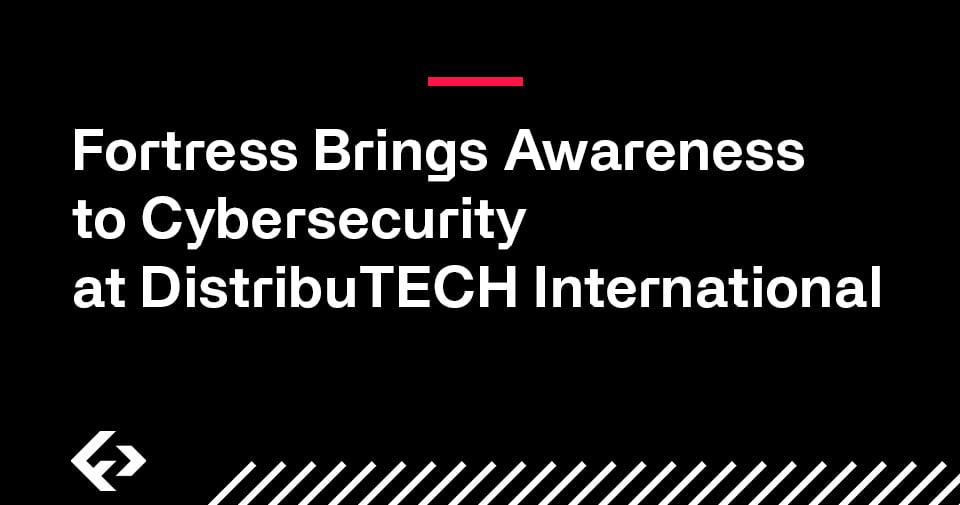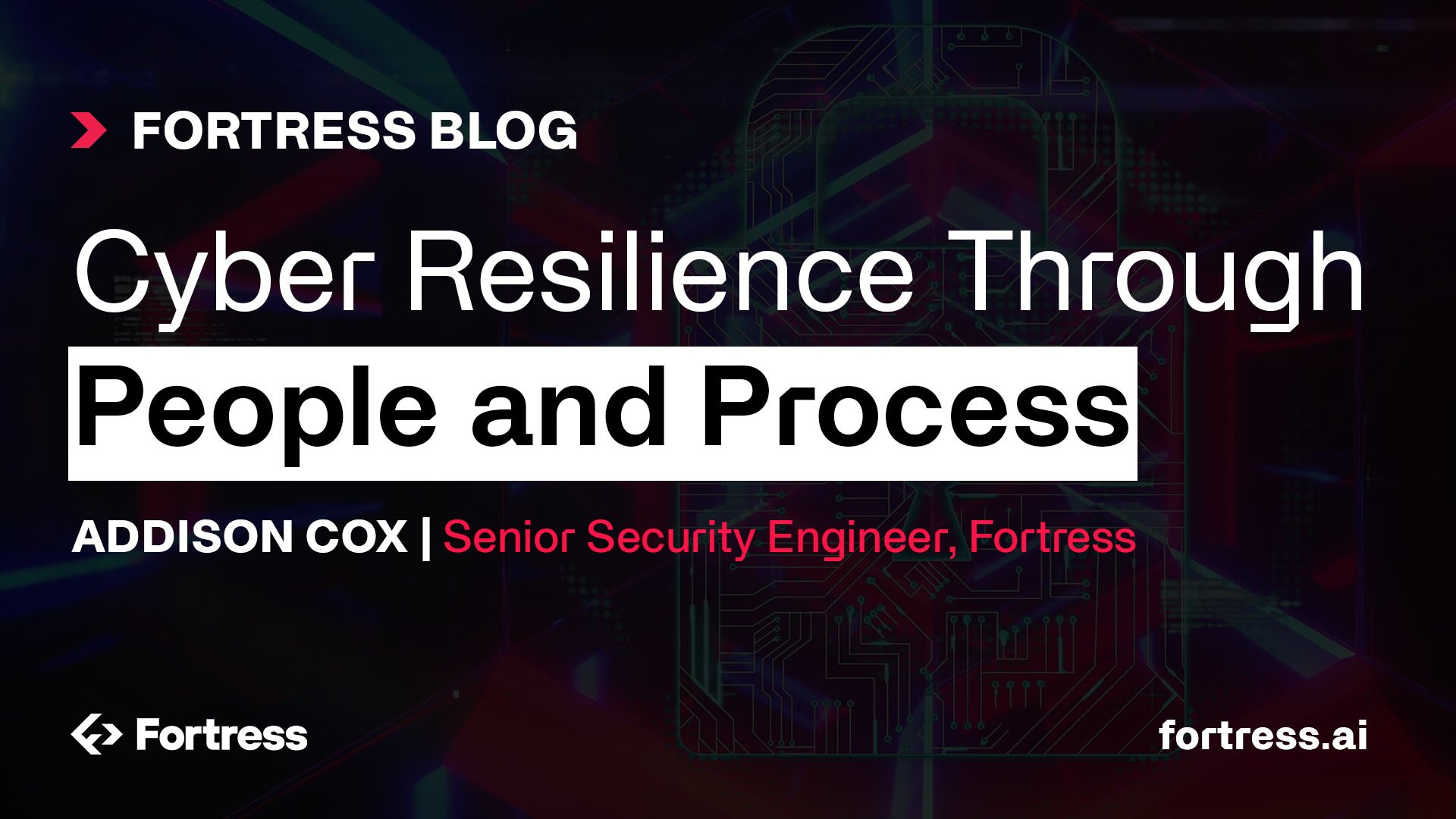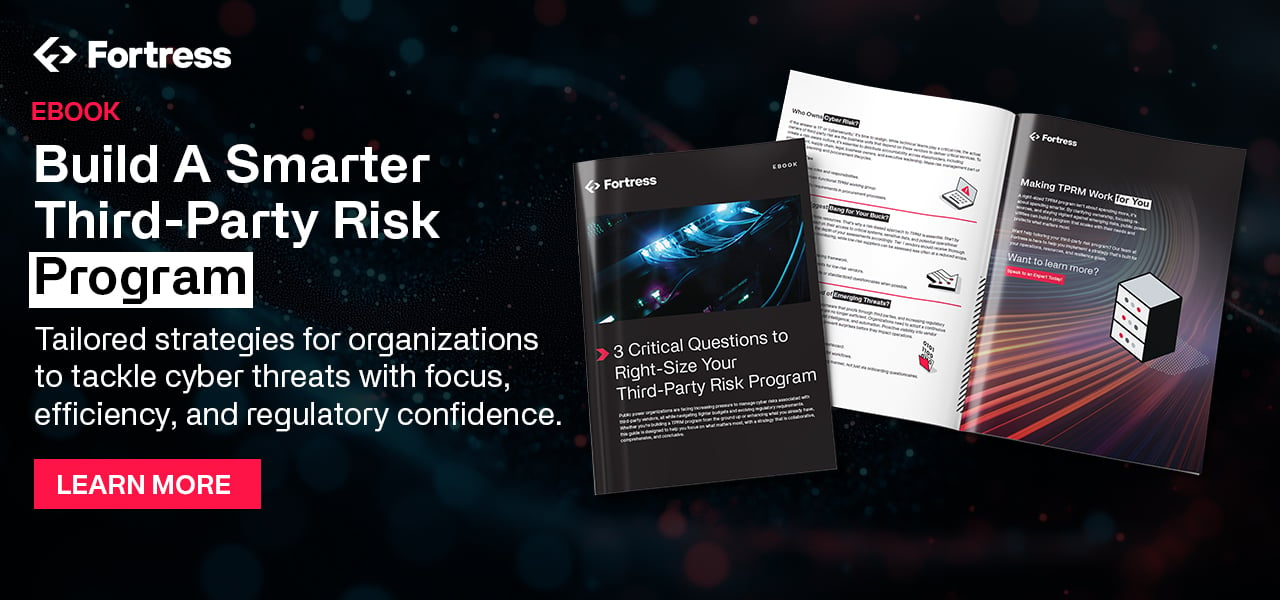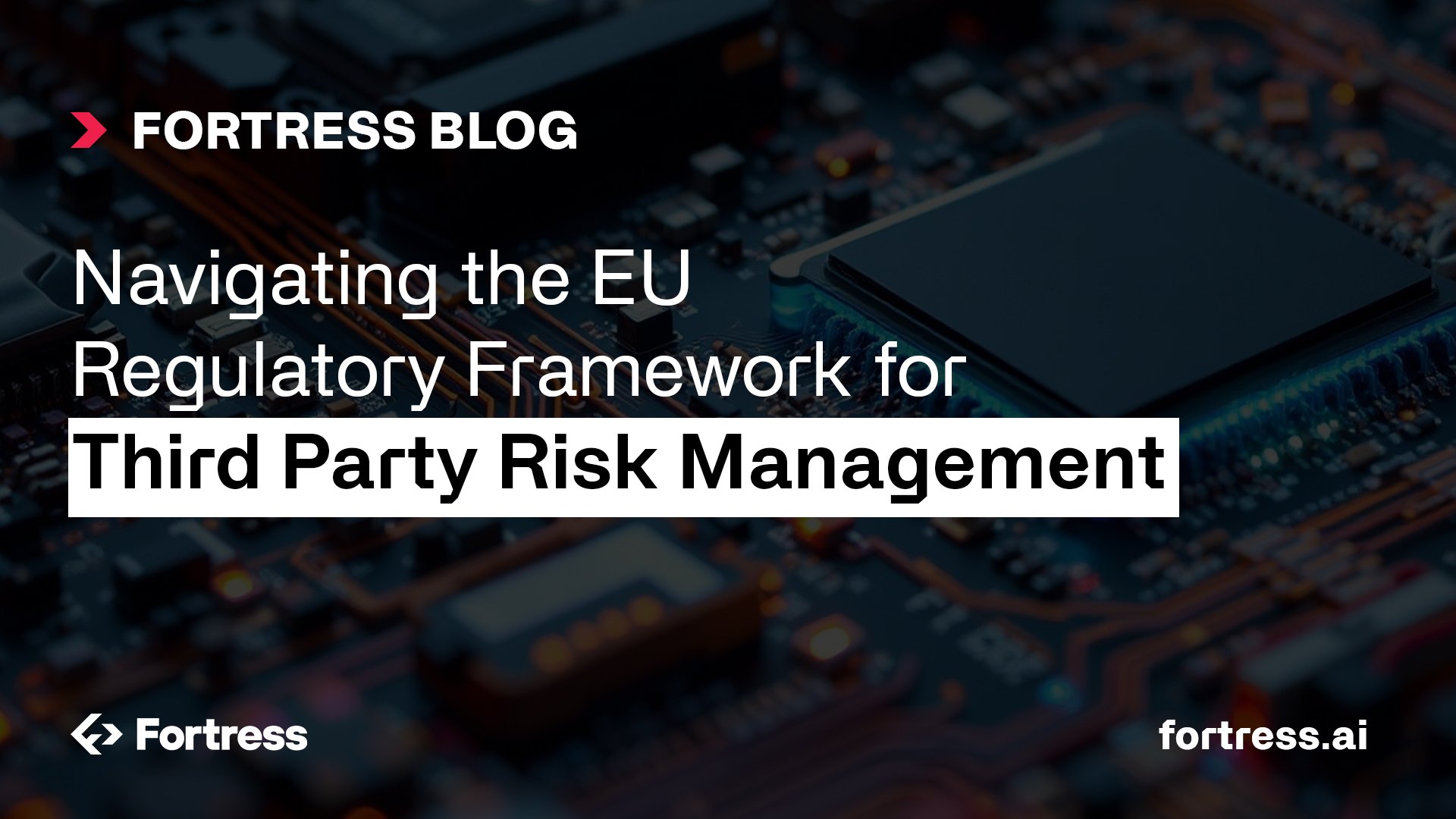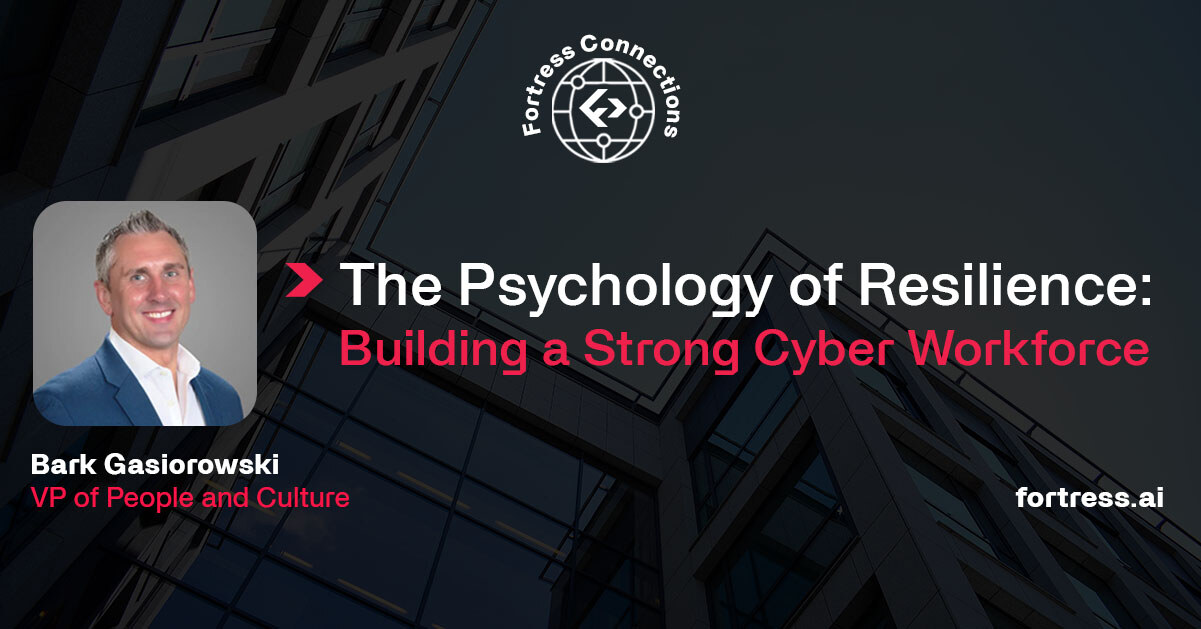Defense in Depth
Every organization should know by now that no single control can stop every threat. Whether it’s a phishing attempt, a poorly configured system, or a third-party vulnerability, risk has a way of slipping through the most formidable defenses. The real measure of a security program isn’t whether it prevents mistakes entirely; it’s whether it can absorb them, adapt, and keep operating.
Why Layers Matter
Layered security is about building depth. Each safeguard, whether a policy, a monitoring tool, or a training program, acts as one line of defense. If one layer is bypassed, the next is there to contain the risk. Instead of assuming perfection, this approach assumes the opposite: that errors, oversights, and unexpected scenarios will happen. By planning for that reality, organizations create resilience.
The Human Factor and the Rise of AI
We, as people, remain central to every risk equation. Security teams configure systems, employees handle sensitive information, and leadership defines how much risk is acceptable. Inevitably, mistakes will be made, approvals will be rushed, updates will be missed, and credentials may be reused. What matters is whether the system is designed to prevent those small missteps from turning into large incidents.
Now, as agentic AI systems and LLMs become part of automation and decision-making, the same principle applies. These tools are powerful, but without guardrails, they can act unpredictably, amplify errors, or be exploited in new ways. Just as we build controls to mitigate human mistakes, we must adapt those practices to fit AI. Ensuring oversight, clear boundaries, and accountability remain in place as adoption grows.
Beyond the Perimeter: Supply Chain Security
Risks rarely stop at the organizational boundary. Partners, contractors, and suppliers are all part of the extended security ecosystem. A single weak link can cascade outward. That’s why supply chain security and C-SCRM are so vital. Evaluating not just technical posture but also culture, processes, and accountability across partners helps ensure that resilience is collective, not just individual.
Diversifying Vulnerability Management
Effective resilience isn’t just about patching known flaws. Too often, vulnerability management is reduced to chasing CVE scores or reacting to a single severity metric. While important, that approach can miss the bigger picture. True risk management requires context. An organization’s vulnerability program should be tailor-made to fit how they approach vulnerability management. Instead of relying solely on a single arbitrary value, exploitability, exposure paths, and business impact are being factored in when prioritizing fixes.
Turning Risk into Resilience
Layered security doesn’t mean adding complexity for complexity’s sake. It means weaving together people, processes, technology, and now AI in a way that ensures when, not if, something fails, the organization continues to operate. It’s about resilience at every level: from employees to leadership, from vendors to automation.
Leave with This
Mistakes and risks are unavoidable, whether they come from people or machines. By embracing a layered approach, anticipating error, and strengthening supply chain practices, organizations can transform uncertainty into preparedness and vulnerability into resilience.

